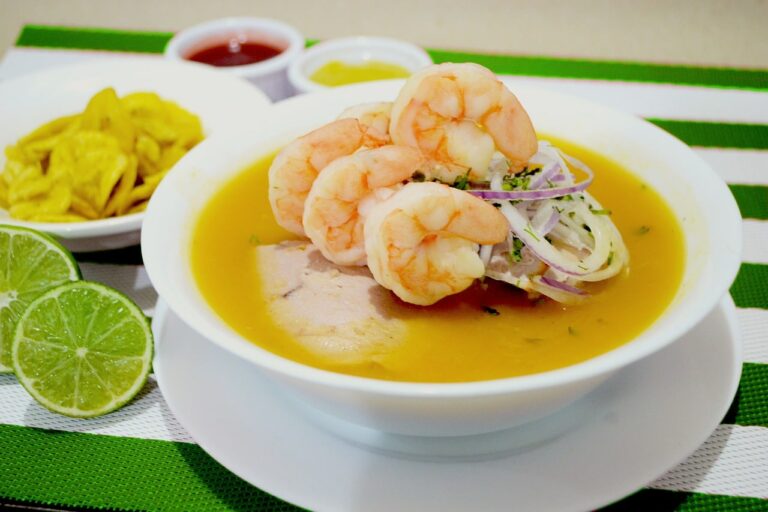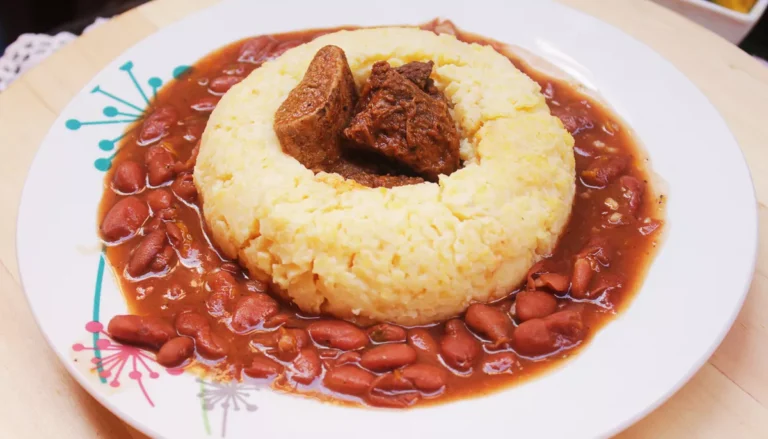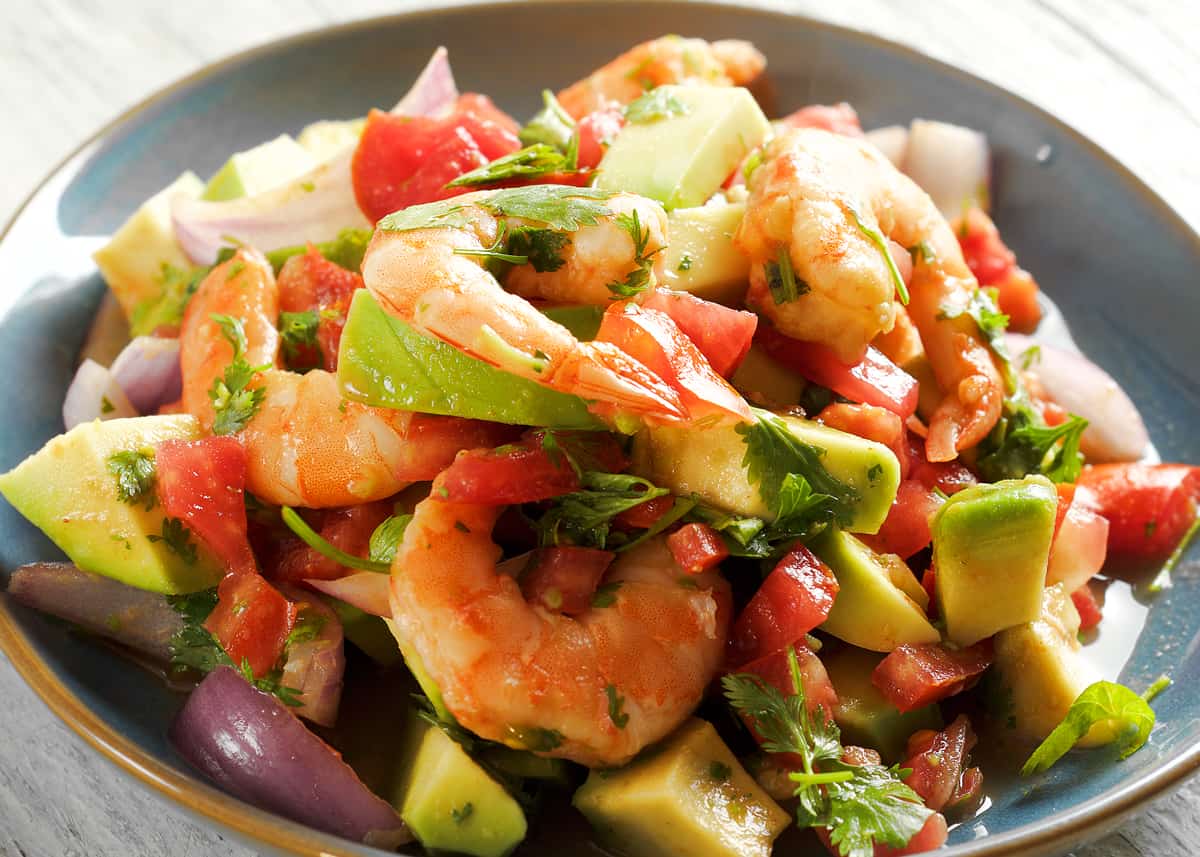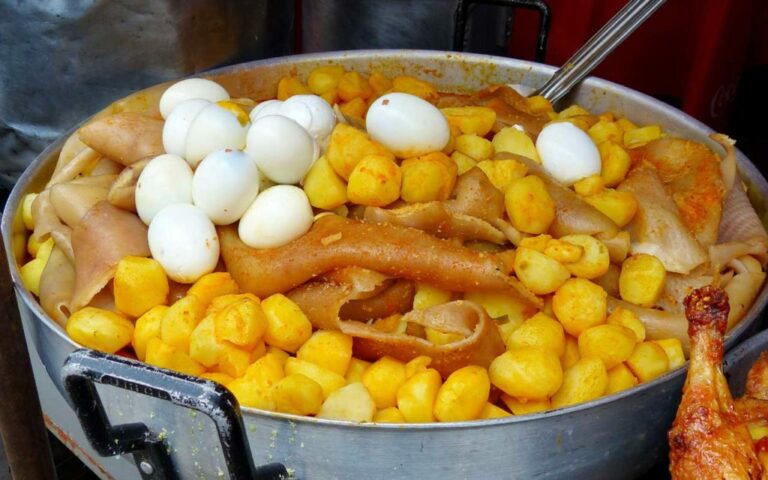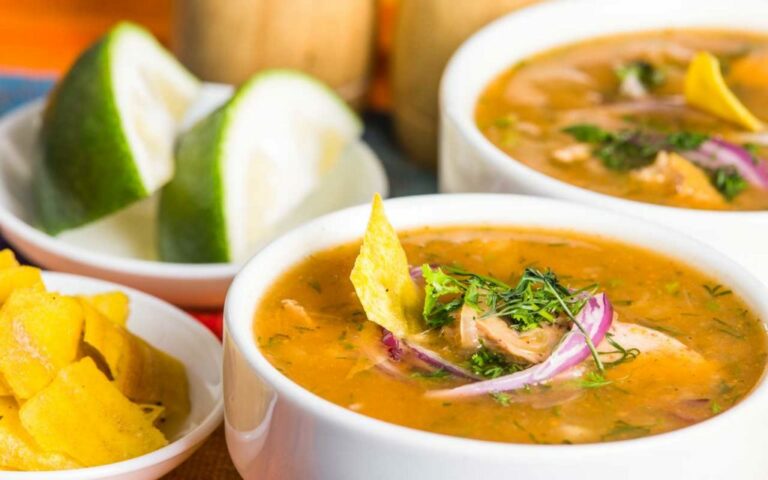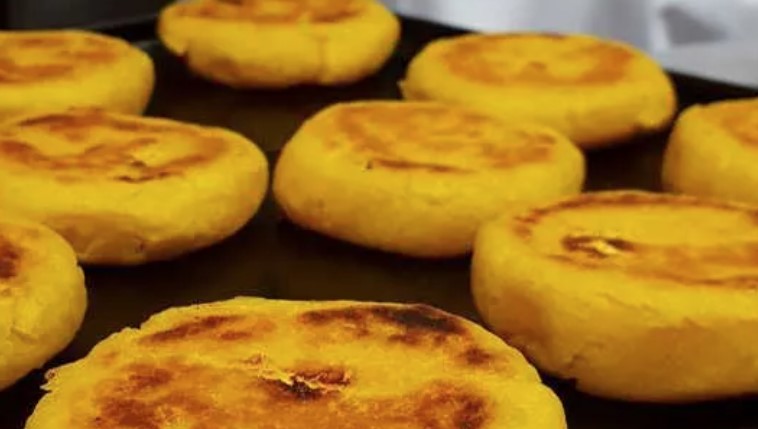Introduction
The Dominican Republic is a country located in the Caribbean, famous for its beautiful beaches, tropical climate, and unique culture. The country’s cuisine is a mix of African, Spanish, and indigenous influences, resulting in a diverse range of flavors and dishes. Additionally, the Dominican Republic is also famous for its beverages and drinks, which are an integral part of its culture. In this article, we will explore the unique and delicious drinks of the Dominican Republic.
The Dominicans and their love for drinks
In the Dominican Republic, drinking is a social activity that is deeply ingrained in the culture. It is not uncommon to see people gathering in small groups, enjoying a cold drink and sharing stories. In fact, Dominicans love drinks so much that they have a saying, “No hay mal que por agua no se cure,” which means “There is nothing that cannot be cured by water.” This saying reflects the importance of drinking water in the Dominican culture, especially in hot weather.
The most popular drinks in the Dominican Republic
The Dominican Republic has a wide variety of drinks, with some of the most popular being Presidente Beer, Brugal Rum, and Coco Loco. Presidente Beer is the national beer of the Dominican Republic and is a favorite among locals and tourists alike. Brugal Rum is a dark rum that is often used in cocktails and is a staple in many Dominican households. Coco Loco is a refreshing drink made from fresh coconut water and rum and is perfect for hot summer days.
Mamajuana: A Unique Dominican Beverage
Mamajuana is a unique Dominican drink that is made by steeping a mixture of herbs, roots, and rum in a bottle. The mixture is then left to ferment for several weeks, resulting in a rich, flavorful drink that is often served as an aperitif. The recipe for Mamajuana varies from region to region, with some including honey, cinnamon, and other spices.
Morir Soñando: The Creamy Delight of the Dominican Republic
Morir Soñando, which translates to “to die dreaming,” is a creamy drink made from orange juice, milk, and sugar. The drink is popular in the Dominican Republic and is often served for breakfast or as a refreshing drink on hot days. The combination of sweet and tangy flavors makes Morir Soñando a unique and delicious drink that is sure to satisfy your taste buds.
Chinola: The Passion Fruit Drink of the Caribbean
Chinola is a popular drink in the Dominican Republic made from passion fruit juice, sugar, and water. The drink is often served over ice and is a refreshing and fruity alternative to traditional sodas. The passion fruit used to make Chinola is native to South America but is now widely grown in the Caribbean.
Guavaberry: A Traditional Christmas Drink
Guavaberry is a traditional drink in the Dominican Republic that is often consumed during the Christmas season. The drink is made from a mix of rum, sugar, and guavaberries, which are a type of wild berry that grows in the Caribbean. Guavaberry is a unique and flavorful drink that is perfect for celebrating the holiday season.
Conclusion: The Diversity of Dominican Drinks
In conclusion, the Dominican Republic has a wide variety of unique and delicious drinks, from the national beer to the traditional Christmas drink, Guavaberry. These drinks are an essential part of the Dominican culture and are enjoyed by locals and tourists alike. So, if you ever find yourself in the Dominican Republic, be sure to try some of these tasty beverages and experience the rich and diverse culture of this beautiful country.



